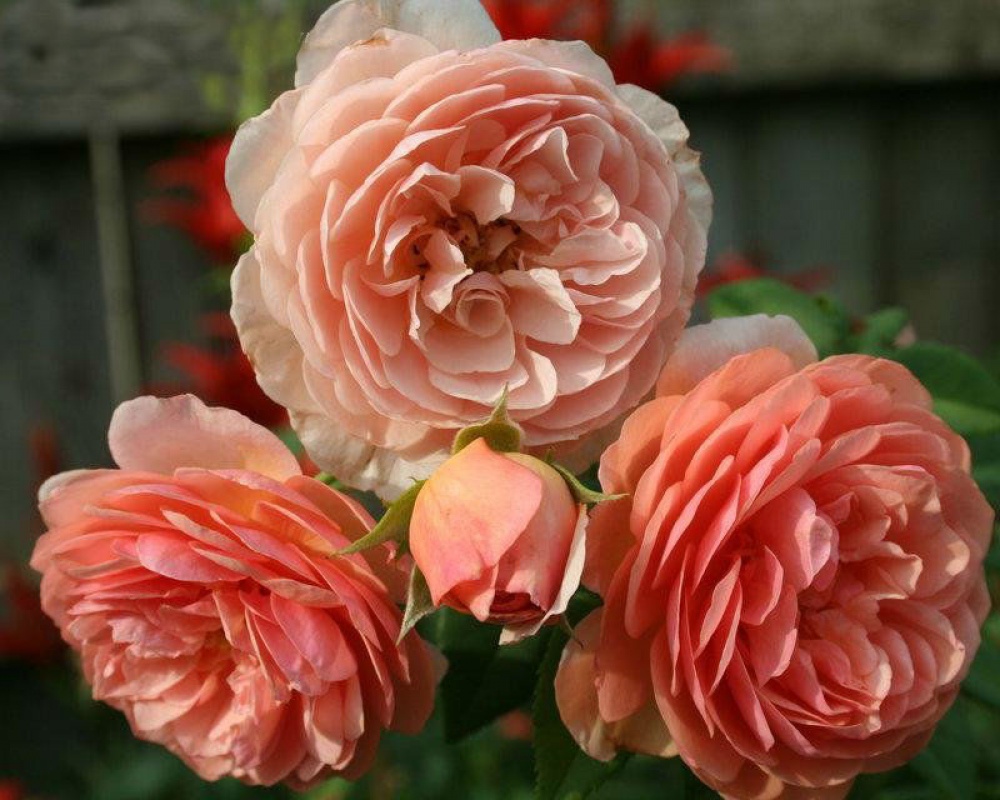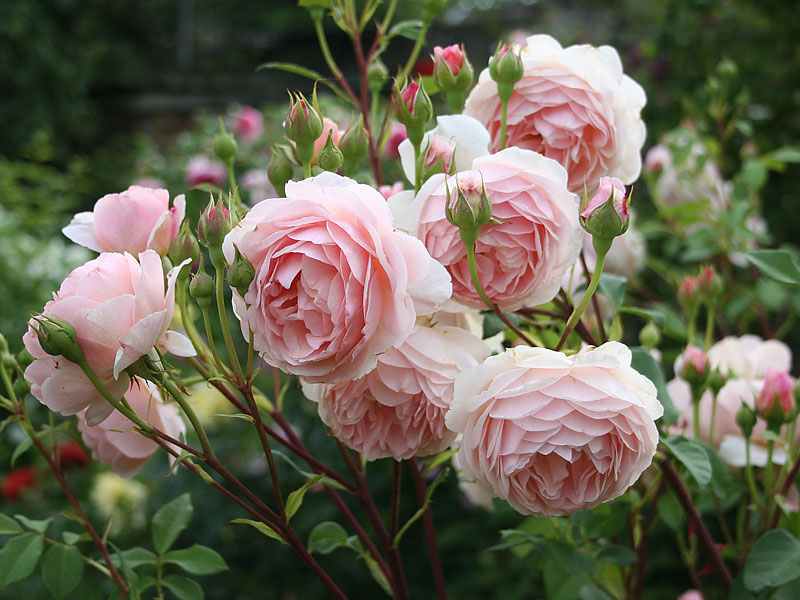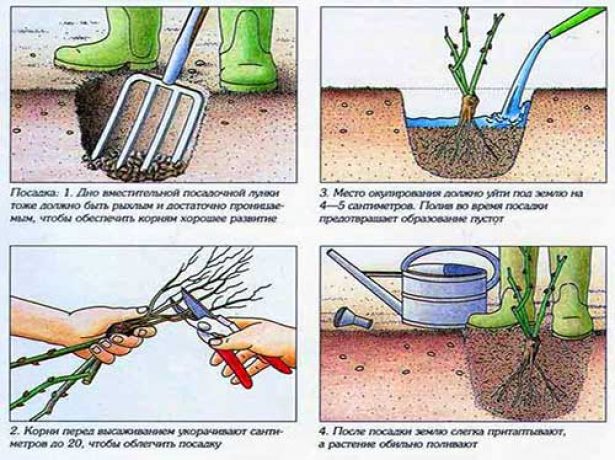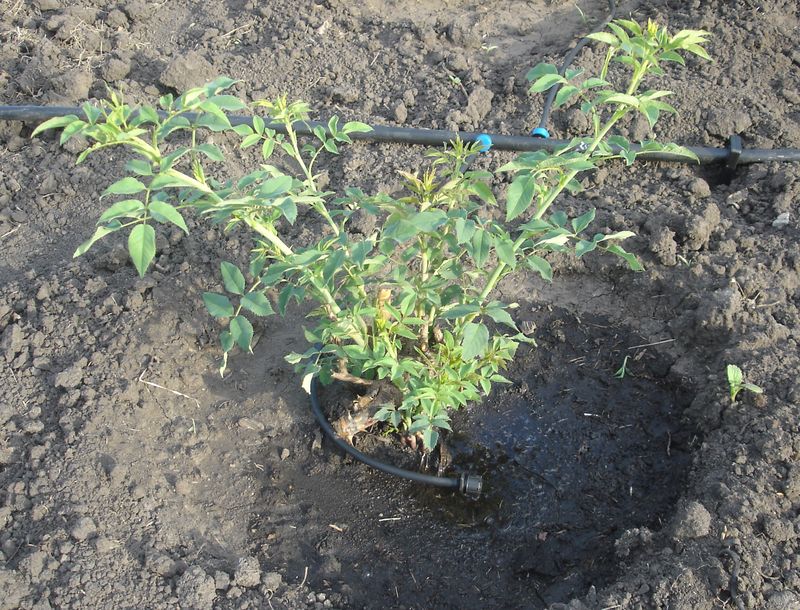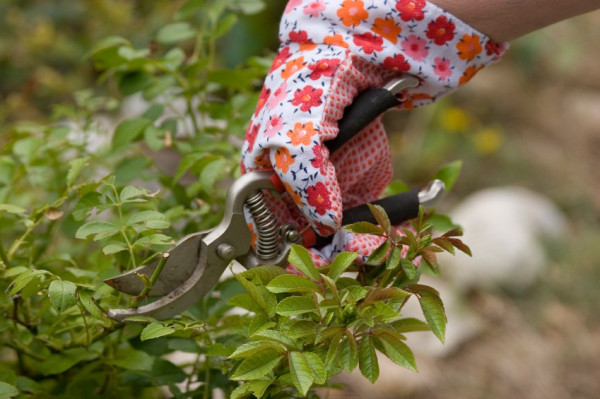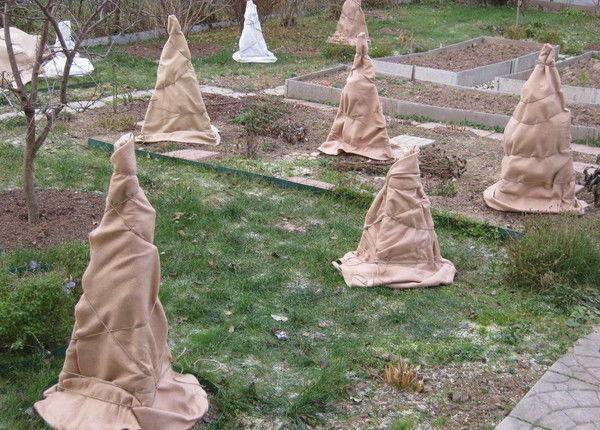Content:
Florists appreciate varieties of roses that are hardy, disease resistant and bloom throughout the season. In this regard, the rose by William Morris is just a godsend for those who love flowering fragrant bushes and are engaged in their cultivation. Regardless of the peculiarities of care, summer residents and gardeners are happy to cherish beautiful bushes on their plots.
History
The variety belongs to the group of popular English-bred roses. It was first presented at the 1998 exhibition. Named after the designer, artist and art critic from Great Britain William Morris. He went down in history as the creator of the "English" style. Designing the first wallpaper, he applied a print depicting rose bushes growing in his own garden.
Features of the variety
The variety William Morris, or William Morris, refers to roses that have large flowers, reaching a diameter of up to 10 cm. They are literally "stuffed" with delicate petals and collected in a brush at the tops of lateral shoots. The flowers have a pronounced fragrant scent, which growers often compare with the aroma of expensive Chinese tea. They are densely double, have a pink tint, gradually turning into pinkish-peach tones closer to the core.
The plant combines the traditional cup-shaped flower shape with the decorative effect of matte gray-green leaves and a new bush shape. Stems, 1.2 m to 1.5 m long, form a powerful erect bush with branching shoots. Under the weight of a large number of buds, they bend and hang elegantly, resembling a flower fountain.
The culture is hardy, it is considered quite frost-hardy and tolerates winter cold without any problems. Although, after planting, a bush that has not yet matured can "indulge". But in subsequent years it grows, becoming stronger and more powerful.
Agrotechnics
In order for the William Morris rose to develop correctly, riot with greenery, flowering and correspond to the description in the catalogs, it needs to provide certain growing conditions.
An important point of care is the formation of the bush. Some shoots can grow taller than others. To preserve their appeal, they should be trimmed to a similarly aligned shape. The second method is to place the rose on a trellis or support, as it needs to be tied up.
Landing William Morris
A rose (rose) is planted in the ground at the very beginning of spring, when the buds have not yet woken up and have not started to grow. Can also be planted in autumn when flowering is complete.
Seat selection
The area on which the plant will feel normal should be slightly shaded. Only no more than 5 hours a day, it can stay in direct sunlight, which it does not tolerate.
It cannot be planted in low-lying places - it, like other English roses, does not tolerate flooding with melt and rain water. If the soil is sandy, manure is added to it to retain moisture. Caked humus is also good, but it can contain grubs that can spoil the roots.
Often, the culture is located in the background of flower beds, borders, or next to gazebos and arches that act as a support.
How to plant
The planting process is carried out, according to this scheme:
- first, a pit is made, 50 cm deep, with a diameter of the same size;
- a soil mixture is prepared, consisting of garden soil and humus in equal parts, and is introduced into the prepared depression;
- 1 bucket of water is poured into it and left for one day;
- only after this time, they start planting by dipping the root system of a young bush into a solution of a root growth stimulator;
- the seedling is positioned so that the roots are dispersed evenly, do not bend, and the graft site is deepened by 7-10 cm;
- the plant embedded in the ground is watered until the soil is completely moistened;
- watering is carried out again in 1-2 days.
It is advisable to mulch the land around the bush, this will protect it from cracking and drying out.
Bush care
It involves timely watering, pruning, feeding, as well as disease control and shelter for the winter. Although it is not very difficult to care for the crop, it is nevertheless necessary to provide agricultural measures.
The William Maurice variety can easily tolerate insufficient soil moisture for some time. It is not a problem if the periolateral circle dries up a little. If the ground becomes dry at a depth of 2-3 cm, it means that it is time to water the bush.
One adult plant uses about 1.5 buckets of water.
It is very convenient to feed the seedlings at the same time as watering.
Top dressing
It is necessary to provide the bushes with additional nutrients in several stages., depending on the phase of development:
- The first time the plants are fed with nitrogen. This element helps to build stems and leaves.
- At the beginning of bud formation, the bushes require phosphorus. Its use will make the flowering luxurious and abundant.
- With the arrival of autumn, the rose will need potassium or ash solution. It promotes better wintering.
The bush needs pruning. For this, weak, dry and broken branches are removed with pruning shears. Then cut off 20% of the length of the shoot. After a stressful shortening procedure, the plant is fed with a complex of fertilizers.
Disease resistance
The scrub is resistant to diseases, does not succumb to fungi. The only exception is black spot disease. The defeat overpowers the leaves of roses rarely, and even in cases where the bushes are thickened due to lack of pruning. Another reason for infection can be high air humidity, since it is in such an environment that fungal infections develop.
Shelter for the winter
In winter, roses called William Morris can withstand temperatures as low as -10 ° C. In cold regions, they have to be prepared for winter. If feeding was carried out, then the plant will leave in the cold, strengthened. But still, in order to preserve the bush, you need to take care of the shelter. It is advisable to insulate it only after the complete flowering. The next step is hilling. Then the stems are removed from the supports and laid, pinned, to the surface of the earth. A 30-cm layer of leaves is applied on top, and everything is covered with a film.
With the arrival of spring, when the air temperature rises to 0 ° C, the protective insulation layer is removed.
Advantages and disadvantages
Unlike other varieties, this English rose has much more advantages than disadvantages:
- fragrant and abundant, moreover, repetitive, flowering;
- the number of buds (from 40 to 100 pieces);
- winter hardiness and resistance to infections of fungal origin;
- rapid growth of the bush.
The disadvantages include the possible rotting of flowers due to frequent rainfall. This leads to a loss of decorativeness. But, thanks to the constant renewal of the buds, flowering is soon restored.
To create the most comfortable conditions for roses for rapid growth and intense flowering, you need to make a lot of effort and effort. In addition, full care and compliance with the rules of agrotechnical measures should be provided.
